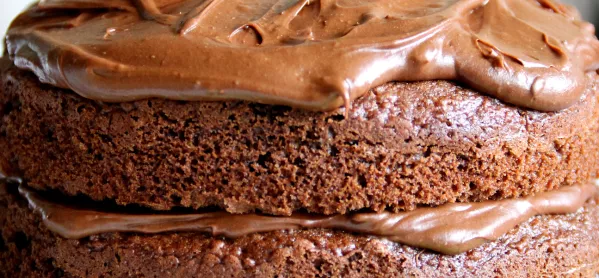It might sound like a cliché to teach students about fractions by getting them to slice up a cake, but often in teaching there really is no need to reinvent the wheel.
I have used this method to introduce comparing/ordering and equivalent fractions with both Year 4 and 5 several times now and have found that it engages children and promotes learning - while also providing a welcome treat at playtime.
It helps if you use a visual tool such as Smartboard to demonstrate key points, but a PowerPoint presentation or even a flip chart with each step modelled colourfully would work just as well.
You will need a cake for each table group in your class; rectangular ones work best. I bought a large traybake cake and split this into smaller rectangles of equal size. I also moved my children around so that the groups varied in size from between three to six children on each table. This makes the discussion more interesting.
Now, here’s how to turn your cakes into learning tools:
- Use a counting stick to lead the class in counting in whole numbers, then in fractions (eg, 1/6, 2/6, 3/6). Ask pupils how they know when they are about to reach the next whole number when they are counting in fractions. Then, invite them to discuss the definition of a fraction in pairs. For your reference: The denominator tells us how many equal parts we have all together. The numerator tells us the number of parts of the whole we have.
- Put a cake and a blunt plastic knife on each table and get the children to divide the cake equally between them. Ask them questions about their cake, modelling how to use mathematical language and recording answers by writing them on the IWB/flipchart. For example: What fraction of the cake do you have? What fraction of the cake do you and the person next to you have? What fraction of the whole cake do three people on the table have? Can you think of another fraction equivalent to this?
- Invite children to compare a piece of cake from a table with four children to a piece from a table with six children. They will be able to see that a fourth is clearly bigger than a sixth, but how would they know this without seeing the cake? Show pupils fractions with different denominators and explain that the larger the denominator, the smaller the fraction.
- Hand out pieces of sugar paper and ask the children to record how their cake was divided on it. They should also write some statements to demonstrate their understanding of the fractions, using your earlier examples as models.
- Invite the children to cut their pieces in half again, then elicit and model the use of equivalents. For example, “the three of you have 3/6 of the whole, which also equals 1/2”; “you and your partner have 2/6, which also equals 1/3”. Explain that fractions whose denominators are multiples of the same number are called equivalent fractions, and are in the same fraction family. Ask the children to work on their sheets to add any other equivalents they can find.
- As a plenary, give pupils several pairs of fractions and get them to indicate which in the pair is greater.
- Let them eat cake! (But divide it fairly to avoid playtime angst).
Deborah Jenkins is a class teacher at Heathfield Junior School, Whitton




